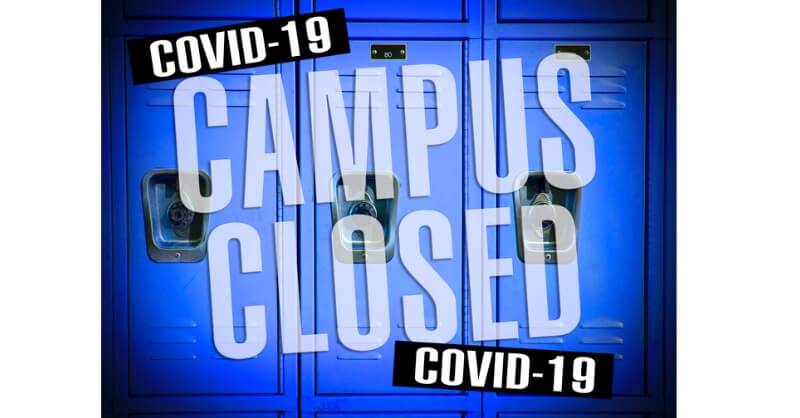Advancing gender equity in business schools and the boardroom
Business schools “need to intentionally brainstorm and execute strategies around women’s empowerment if they wish to play a leading role in creating a more equitable workplace,” says Erin K. O’Brien, Ph.D., assistant dean and chief enrollment officer for the University at Buffalo School of Management and a member of Liaison International’s BusinessCAS™ Advisory Board. While noting that “women now account for 39% of full-time MBA students in the U.S. and 36% outside of America,” O’Brien also points out that men receive “an average of 2.3 promotions after completing their MBA program, [while] women receive 1.8.” In addition, “men have an average of 3.3 employees reporting to them, and women have 1.8.” As a result, she encourages business schools to take several steps to support women in class and at work, including: appointing a senior leader for diversity and inclusion; engaging with external diversity organizations; increasing the representation of women in business case studies and course materials; and “accommodating mid-career and nontraditional students who face complex life decisions.”
Source: Diverse Education
Harvard Business School joins ranks of institutions moving courses online due to coronavirus
By March 23, “all Harvard University courses that can be moved online will do so,” the institution’s president announced in an email. Other top business schools have been making similar moves. For example, Stanford’s Graduate School of Business, the University of Washington’s Foster School of Business and Columbia Business School have all either moved classes online and restricted or cancelled campus events. Numerous other schools across the country (and the world) are also cancelling trips in an attempt to protect the health of faculty, staff and students. In addition to moving classes online, Harvard is also asking students not to return to campus after spring break ends on March 22. In his email, Harvard’s president wrote, “Students who need to remain on campus will also receive instruction remotely and must prepare for severely limited on-campus activities and interactions. All graduate students will transition to remote work wherever possible.”
Source: Poets & Quants
In response to coronavirus, federal government adjusts rules governing online education for international students
The U.S. Immigration and Customs Enforcement’s Student and Exchange Visitor Program (SEVP) has sent new guidance to colleges and universities which “expands schools’ options for using online education to keep [international] students on track in the event classes are offered remotely” because of the coronavirus crisis. SEVP is asking schools to notify them if they change how they offer courses to international students who hold visas, and “to include details on how the school plans to keep tabs on these students.” Schools will have 10 days to notify SEVP of such changes. Although there are normally limits on the number of online courses international students can take, the new rules are “focused on ensuring that nonimmigrant students are able to continue to make normal progress in a full course of study as required by federal regulations.”
Source: Education Dive
Master’s degrees pay off in the workforce
A recent study of employers by the National Association of Colleges and Employers found that workers with a master’s degree earn significantly more than those with a bachelor’s degree in the same major. For example, students graduating this year with a bachelor’s degree in business administration are expected to earn a starting salary of just over $58,000 while those with an MBA will earn approximately $79,000. Computer science bachelor’s degree holders will likely earn $68,668 compared with a salary of $80,142 for those with a master’s degree.
Source: Inside Higher Ed
